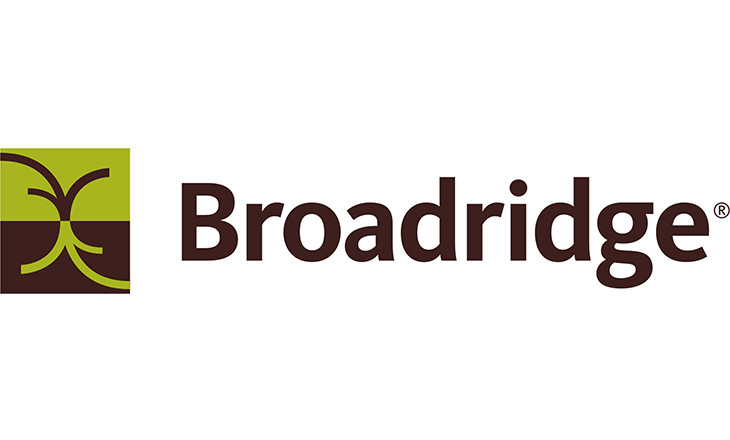ETFs represent 80% of net new assets in the fast growing advisor channel
Registered investment advisors (RIAs) and independent broker dealers (IBDs) have gathered the majority of retail fund and ETF assets in the first three quarters of 2016, according to data released today by Broadridge Financial Solutions, Inc. (NYSE:BR) via its Fund Distribution Intelligence. On a year to date basis ending September 30th of 2016, mutual fund and ETF products gained net new assets of $96 billion and $73 billion, respectively for the RIA and IBD channel. These two independent channels outpaced the wirehouse channel, which had combined net new assets of $9 billion.
The combination of looming regulatory changes, such as the DOL Rule, as well as investor preferences for fee based advice has benefited independent advisory firms and the custodians that cater to them,” said Frank Polefrone, senior vice president of Broadridge’s data and analytics business. “As a result of these market forces, the importance of independent fee distribution channels to drive mutual fund and ETF asset growth is more important than ever. The most successful firms are using data analytics to better position their products, as well as identify their best opportunities for growth within these channels, continued Mr. Polefrone.
The majority of net new assets year to date for 2016 from all retail channels – RIA, IBD, wirehouse and discount brokerage – are coming from passively managed products. The net new asset flows on a year to date basis for the RIA channel have been especially slanted towards passive management at 80% compared to only 20% in actively managed products. This is in sharp contrast to assets currently held in these channels, which today are 30% passive and 70% active. The IBD channel has experienced a similar shift to passive, with 77 percent of net new assets to passive management versus 23% for actively managed products. Both the RIA and IBD channels have also experienced an increase use of institutionally priced share classes and no-load funds, as the overall price of products becomes more of an issue for fee based advisors.
In the first three quarters of 2016, overall net new assets for ETFs increased by 9% to $2.4 trillion. The largest increase of ETF assets YTD for 2016 occurred in the RIA channel, with net new assets of $76 billion, up 14% YTD. The RIA channel is by far and away the largest retail channel for ETFs with $656 billion. Net new assets for mutual funds were also up in the RIA market, with net new fund assets of $20 billion (1.2%) for total fund assets of $1.63 trillion. The combined growth of funds and ETFs makes the RIA and IBD channels the largest retail channels with combined fund and ETF assets of $2.29, and 2.27 trillion, respectively. The IBD channel has a different mix of assets, with fewer assets in ETFs ($488 billion) and more in funds ($1.78 trillion).
Additional key findings include:
- ETF assets YTD ending September 2016 was up $205 billion, or 9.4%.
Net new long term fund assets YTD ending September 2016 was up $173 billion, or 2.4%. - Net new assets of ETFs for retail channels – RIA, IBD, wirehouse and discount B/D – were up by $216 billion in the third quarter (15%), while net new assets for institutional channels – private bank, bank and trust – was down $11 billion (-1.5%).
- Net new assets for retail long-term funds were up by $89 billion (1.3%), while institutional long-term fund net flows increased by $84 billion (2.9%).
- Asset flows across retail channels were also slanted towards institutional priced share classes, which increased by 5% and no-load funds, up 7.4%, while the use of load funds was flat.
